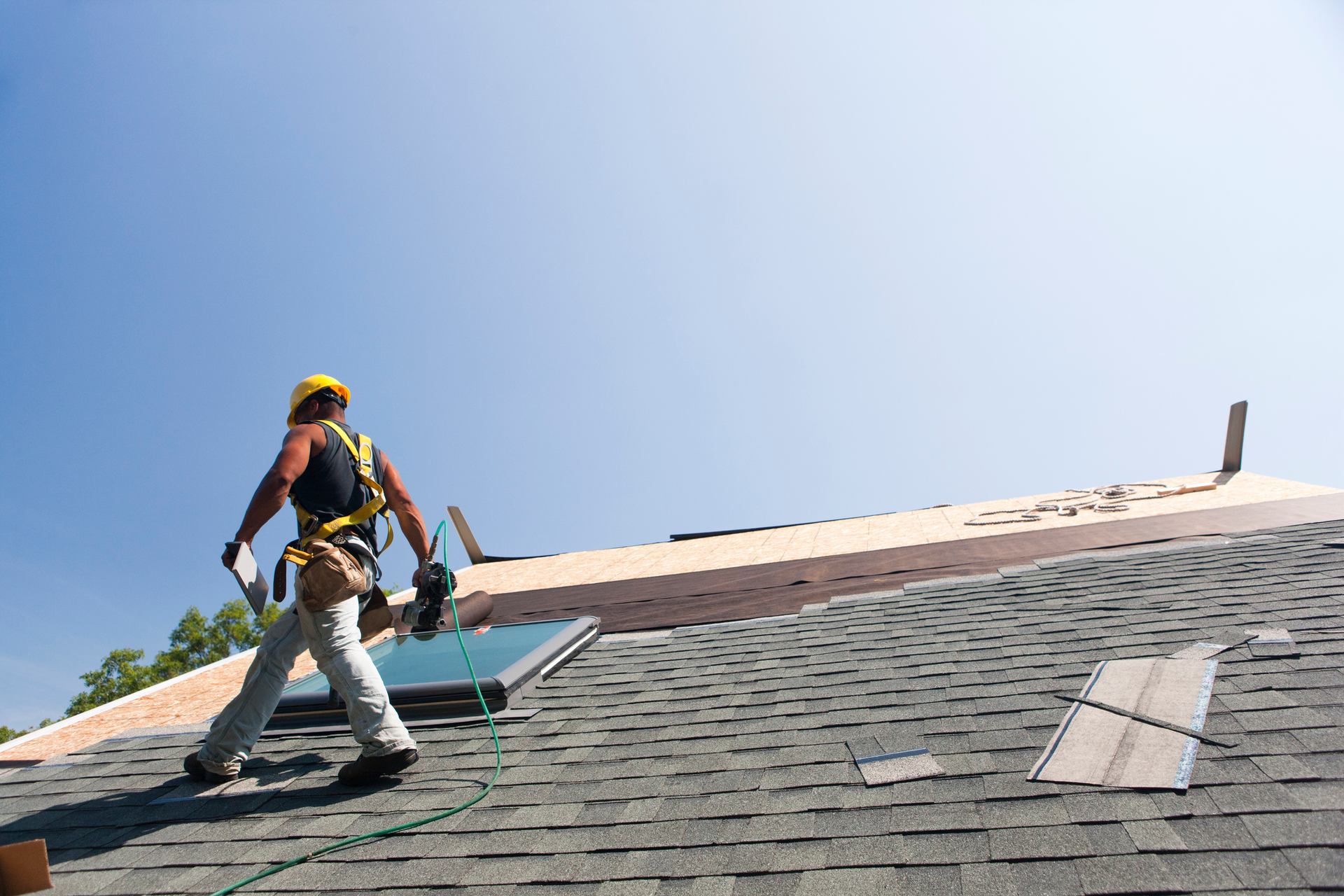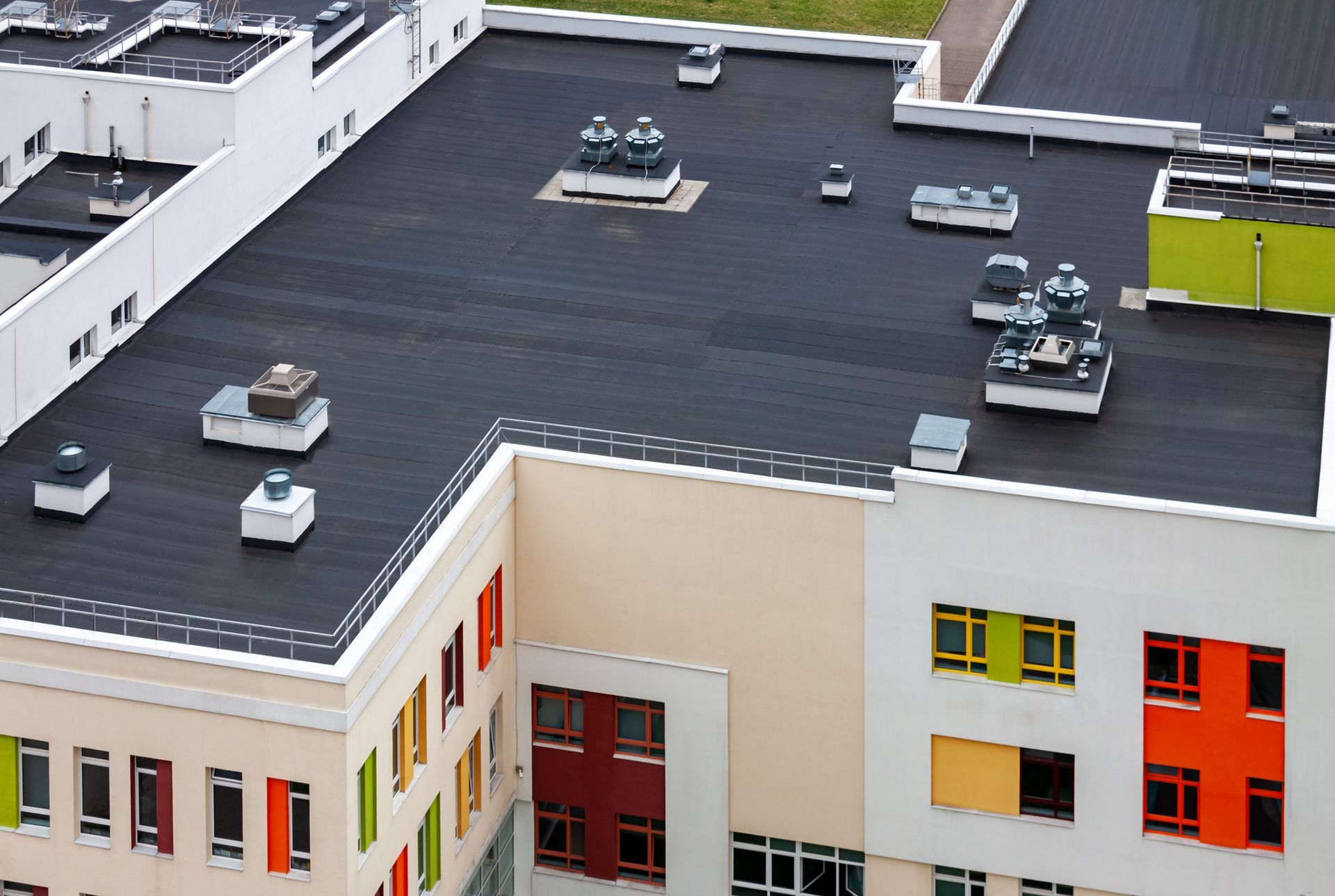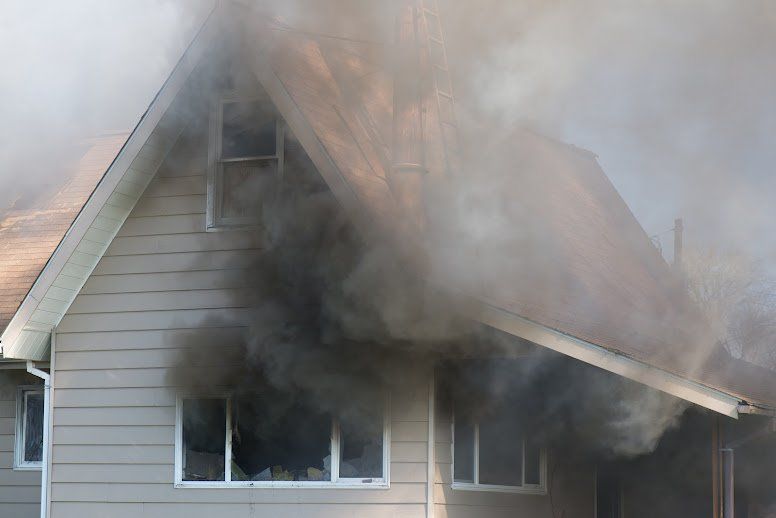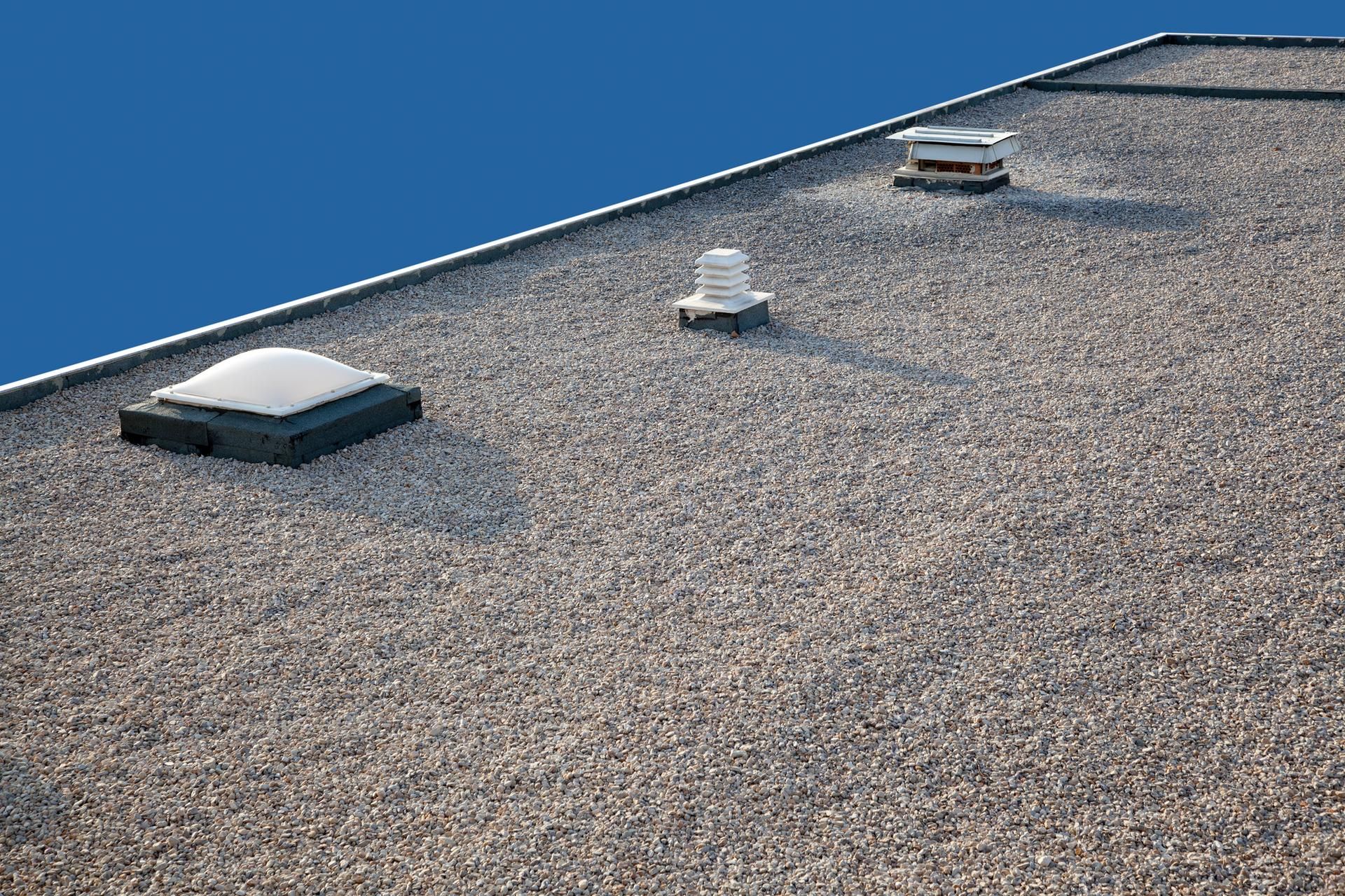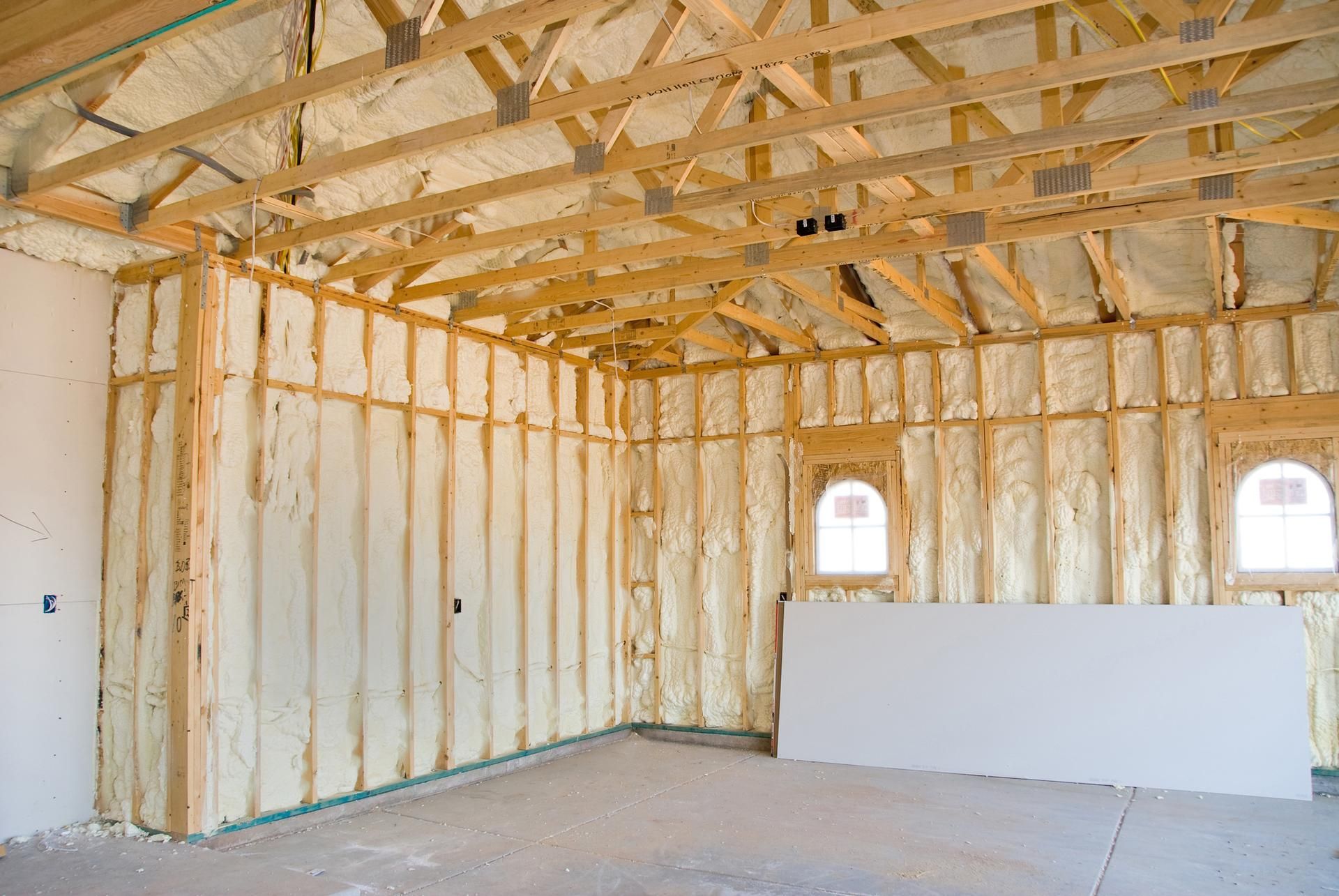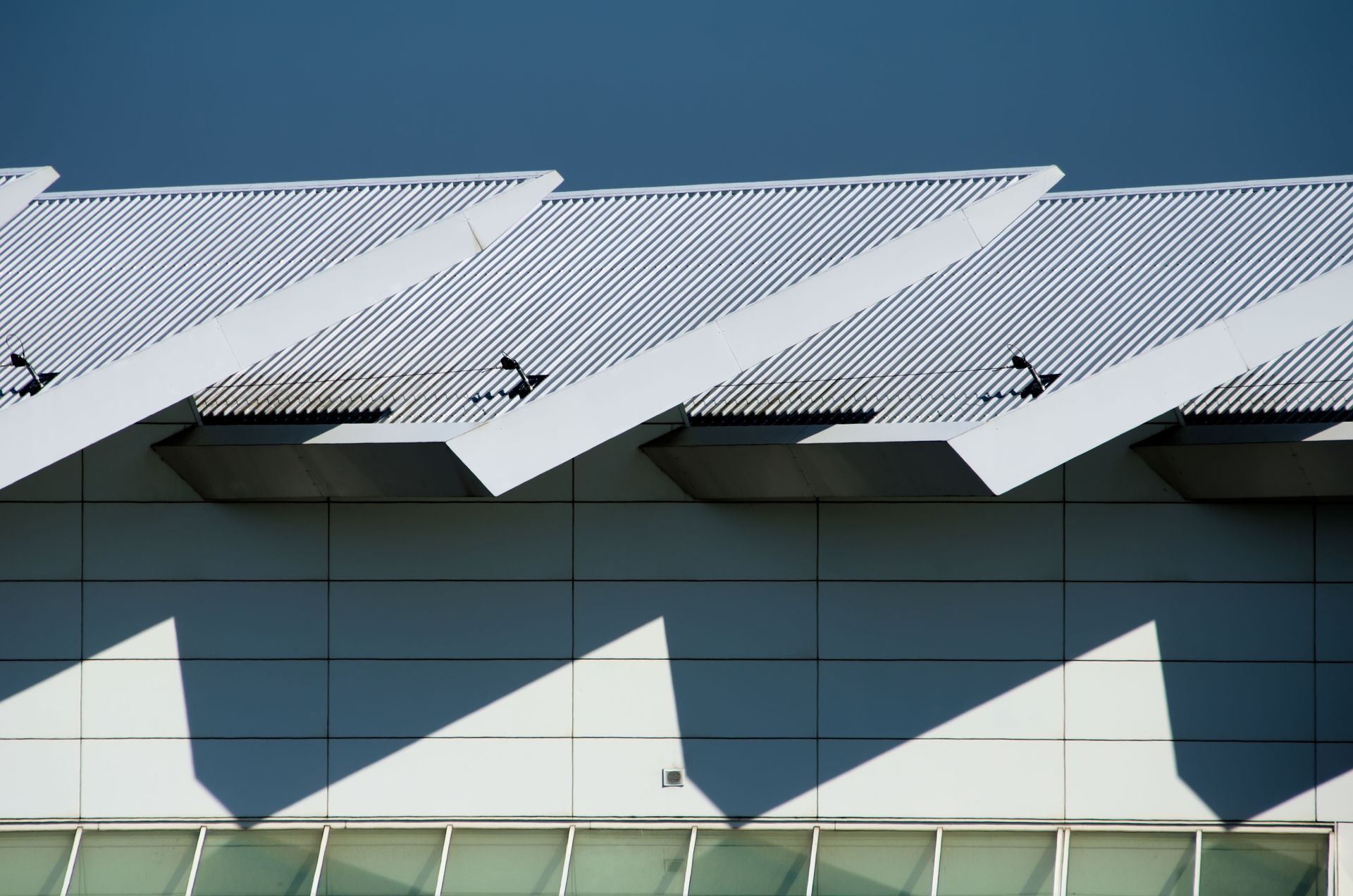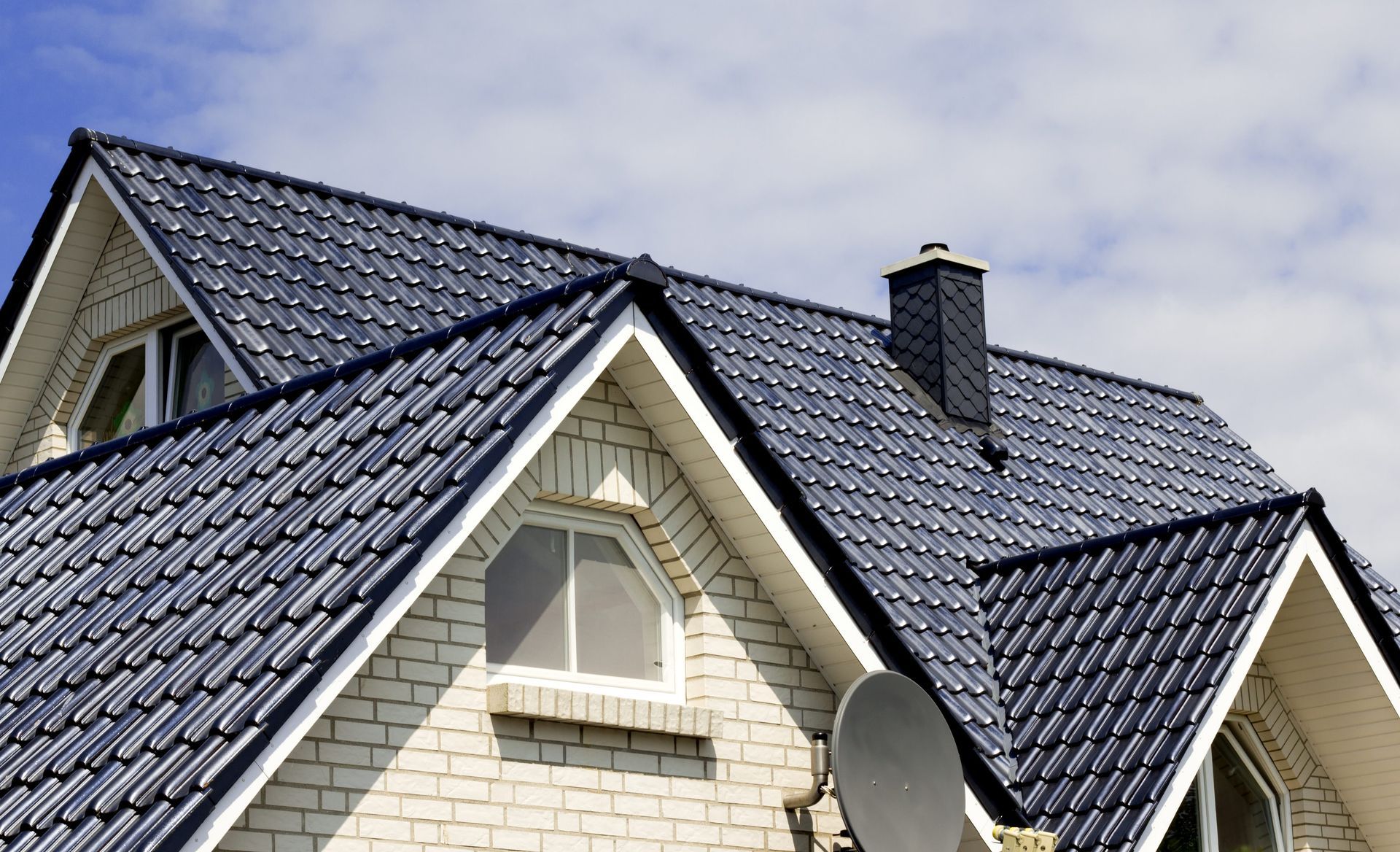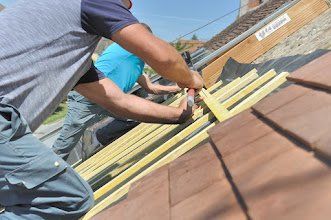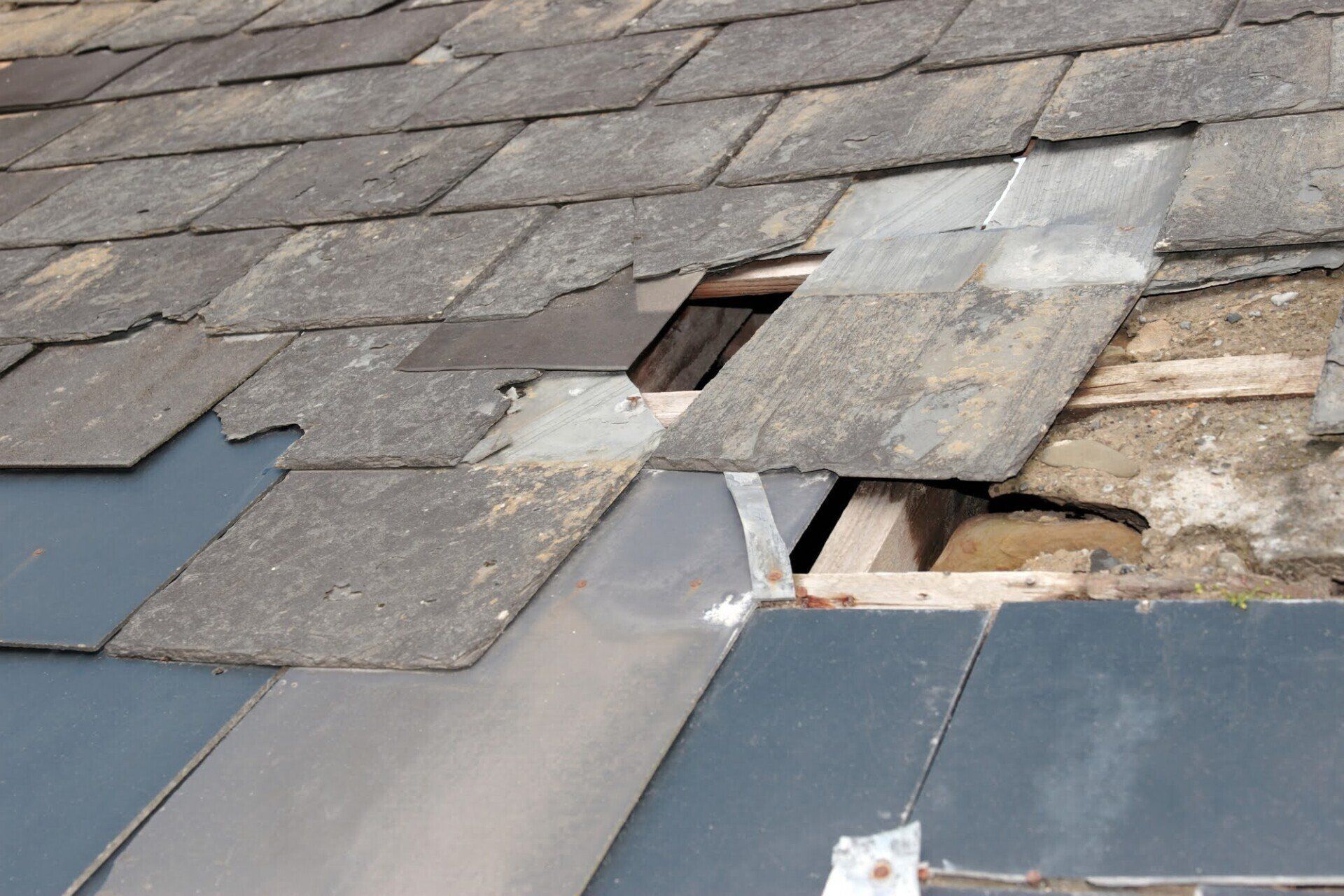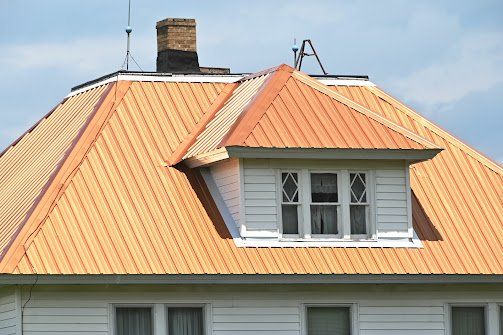4 Steps to Take to Protect Your Roof From Wildfires
admin • August 31, 2020
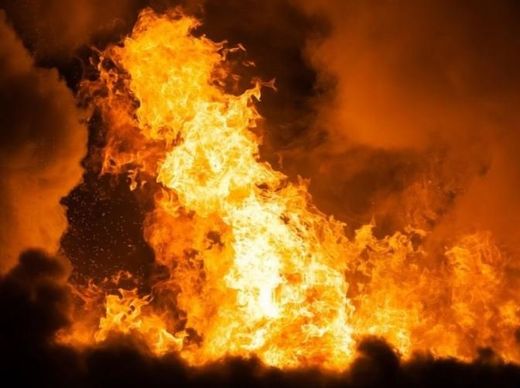
When the weather turns warm and dry, many Californians begin to fear for their homes and businesses, and with good reason. As the land dries out, wildfires become increasingly more likely, and it doesn't take much imagination to picture the kind of devastation a fire could bring.
The good news is, there are measures you can take to ensure your house has some protection, and some of these measures are as simple as updating your roof. Today, let's take a look at the steps you can take to make your roof as fire-safe as possible.
1. Check Your Roof Covering
The material of which your roof is composed can make all the difference in keeping wildfires from harming it. Roofing materials, like different kinds of shingles, are divided into classes based on their fire resistance. If you live in a high-risk area, you'll want to consider Class-A materials, like concrete, slate, or clay tiles. Your roof could also be composed of Class-B, Class-C, or unrated materials, which are less safe.
Additionally, the way the roof is assembled can take your fire protection up a notch, as some materials are Class-A by assembly. This means that you must have some kind of materials between the roof covering and sheathing to ensure maximum protection.
2. Keep Your Roof Clean
Debris and animal nests are prime areas for an ember to ignite. To keep your roof safe, you should bring in professionals to clean and inspect it regularly. You’ll also want to make sure that the gutters and slopes of the roof stay debris-free, and keep tree branches trimmed back from your roof.
Cleanliness should extend to not only the visible portion of your roof but also the gaps between the roof covering (shingles) and the roof deck (what the shingles secure onto). These are opportune spots for animals to nest, which means they'd easily catch fire in the right circumstances.
3. Be Careful With Venting
Don't forget about your ventilation. Any vents should be made of materials that will not readily burn or melt, and you will want to install screens so that embers and flames have more difficulty entering the home. Keep your tall bushes and trees trimmed away from your vents to reduce the risk further.
4. Replace On Time
Taking the time and expense to have your roof replaced can be a hassle. Especially if your budget is tight, it can be easy to put off roofing work until circumstances improve. However, if you live in a high-risk area, keeping your roof up-to-date and fire-safe will go a long way towards protecting your property.
If you regularly conduct roof inspections, you should easily be able to consult with the professional you've hired. Roofing experts will be able to help you determine and mitigate risks, as well as let you know when you should update your roofing. Especially in a high-risk area, your roofing experts may advise a lot of adjustments the first time, but it will be well worth the time and expense if a wildfire comes through your neighborhood.
Taking the time to hire professionals to ensure your home's roof is fire-resistant can go a long way in keeping your home and family safe. And while these steps can't guarantee your home will never catch fire, you can rest securely knowing that you have done all you can to protect your property, and your loved ones, from wildfires.
Do you have any questions about preparing your roof for the possibility of fire damage? Contact All American Roofing
to find out more about what you can do to protect your home.

